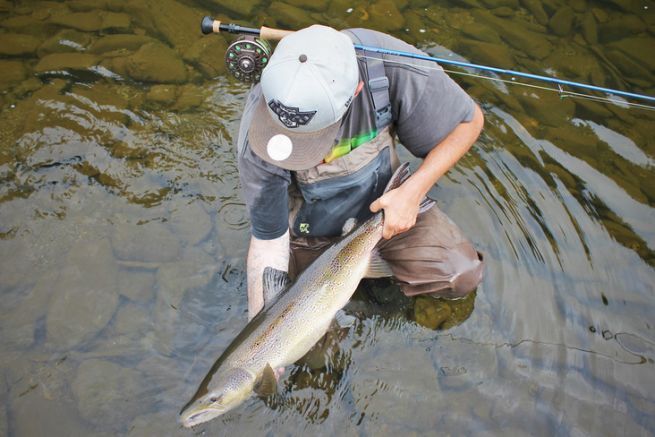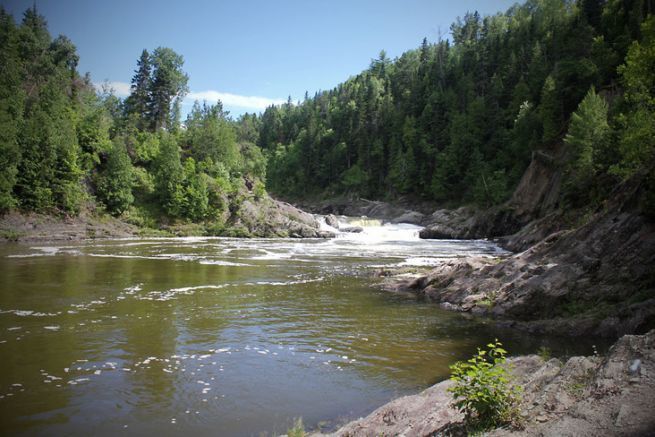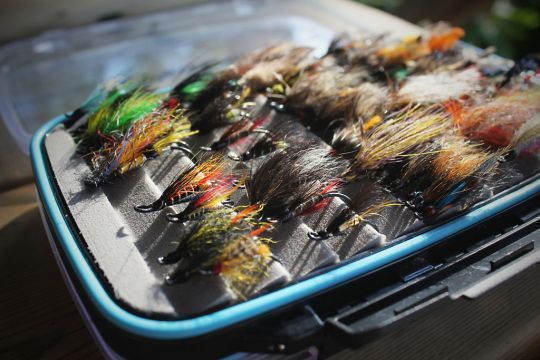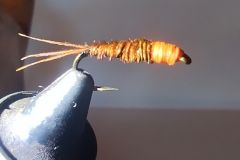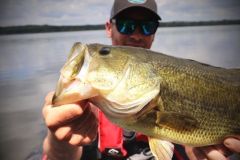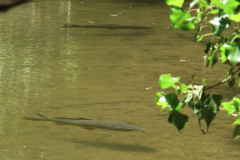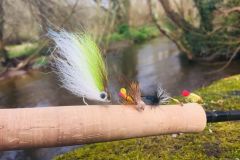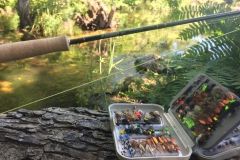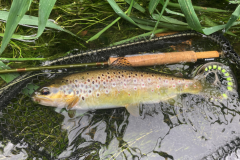Catching a fish that doesn't eat, defiance or heresy?
The salmon no longer feed once they return to the river of their birth, their objective being to return to the river to spawn. As a result, the salmon come up through the weirs and break in the pits along the route, and it's in the pits that they have to be looked for. They will stand in a place that provides them with oxygen with minimal effort. So the first thing is to find that place, but it's not that simple, because if by chance we fish a clear river that allows us to see the fish holding, in other cases, this search will be more complicated.
With a drowned fly, when you don't know where the fish are, the best prospecting is to cast in front of you and accompany the fly in its drift. As you go along, the angler will lengthen his casting distance to cover the whole area. The salmon will not move several meters to catch a fly, so it is necessary to locate them well.
With a dry fly, the fisherman positions himself behind the fish. Here the objective is to put the fly gently on the salmon's head, repeatedly.
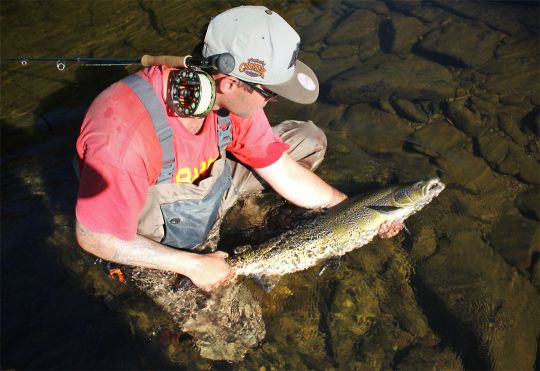
The fact that the salmon are no longer feeding is very unsettling. We're no longer in a classic pattern of fishing where you present the fish with something mimicry that they can feed on. Here, we have to find the fly that will make it react and attack, either by irritation or by reflex, and in particular by awakening its predation instinct when it feeds in the river at the beginning of its life (here the opinions are varied).
Hardware
A 9 foot 8' silk cane is the common use and goes everywhere. For the initiated, a two-handed cane will be the ideal companion on large rivers to reach long distances.
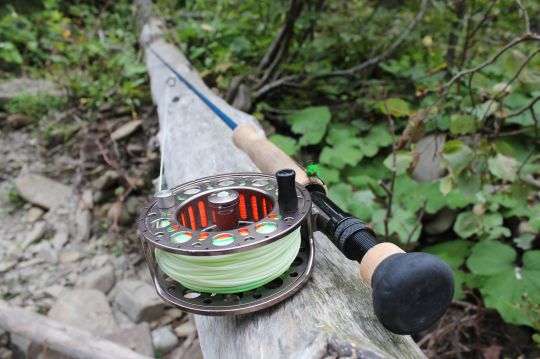
The fly to be used is certainly the most enigmatic point of the species and that is probably why there are a large number of flies for salmon fishing. There are no established rules for choosing flies, even if certain trends exist it is better to have a large selection of flies with you to maximise your chances of success (size, colour...). This selection should include classics such as the Monroe Killer, the Black Dose or the Gary for example. In addition, some Muddler flies which prove to be effective on small salmon and above all, do not forget Bomber type flies, in white, blue and orange.

While this fishing may be exciting for some, it can be confusing for others. In any case, everyone will agree that catching a salmon is still a fabulous experience and one should try it at least once in one's fishing career.

 /
/ 